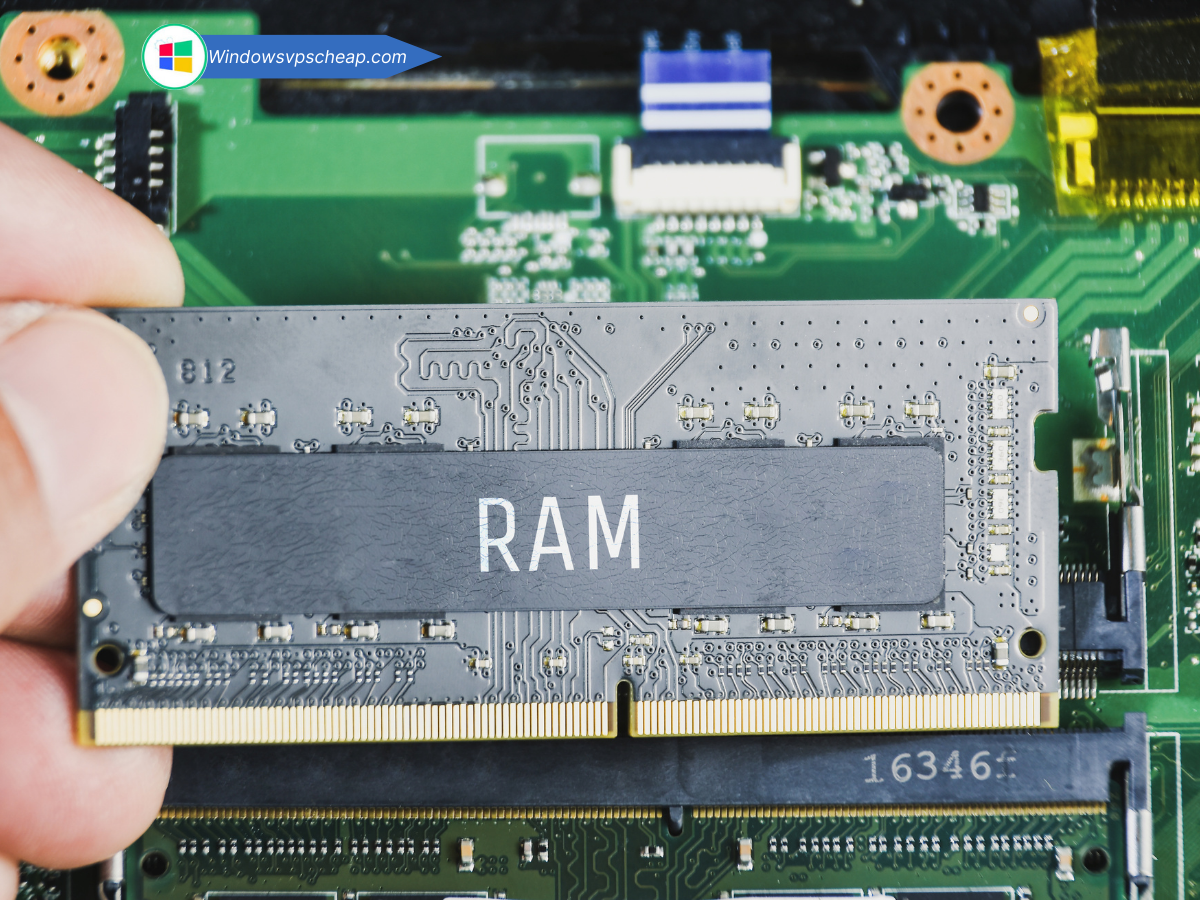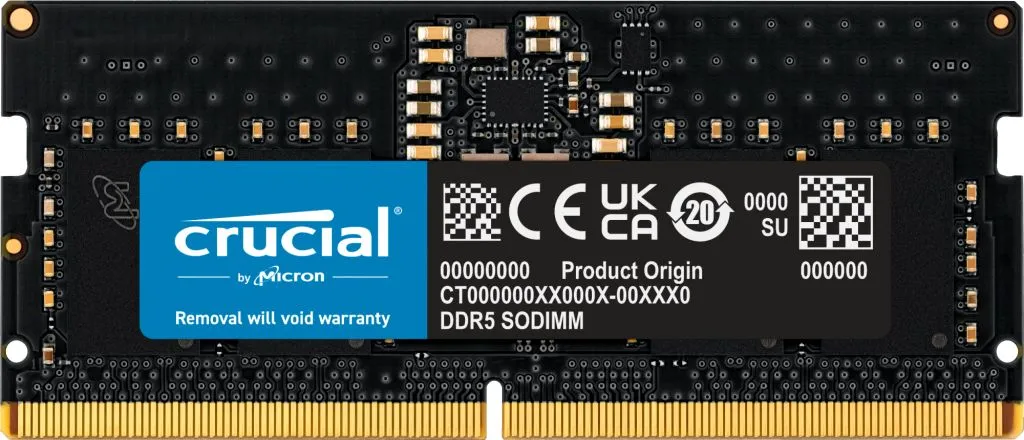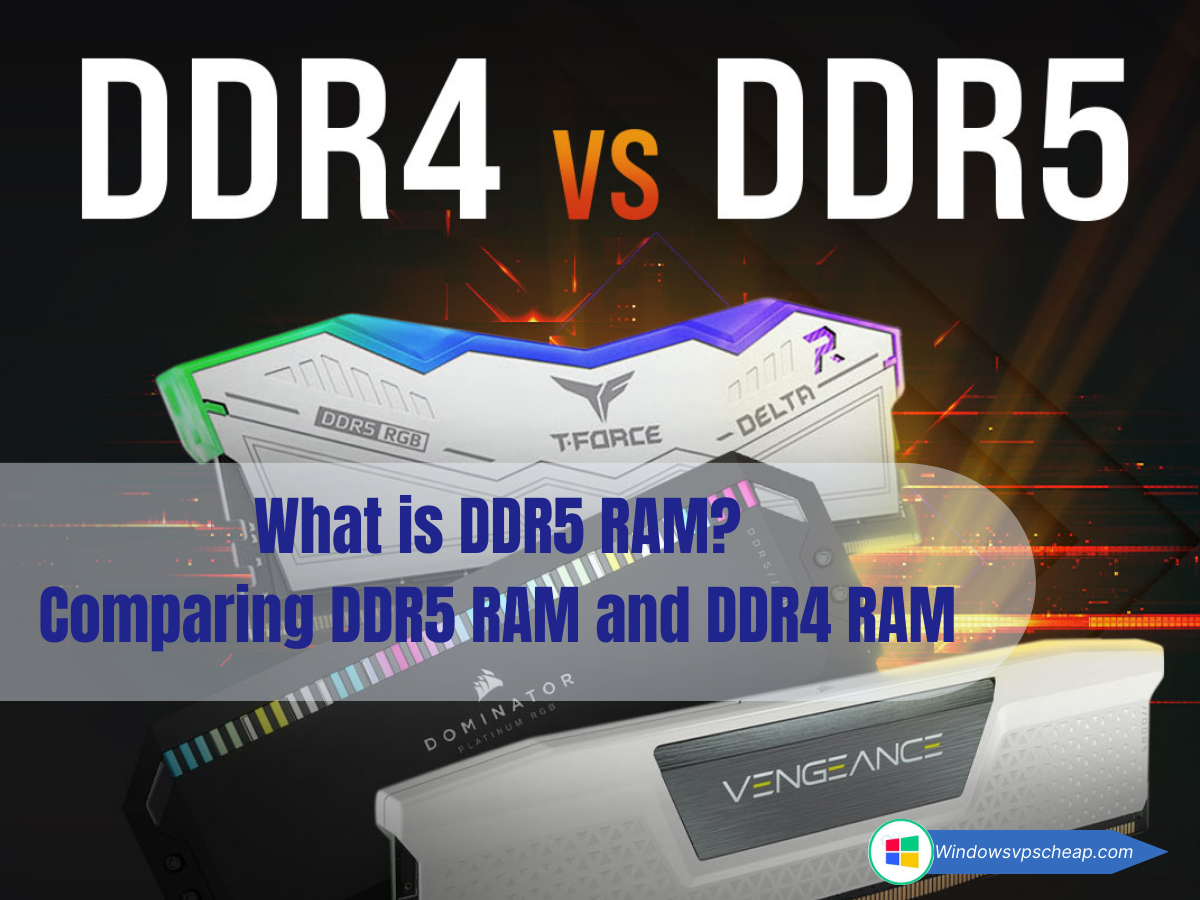As technology continues to evolve, so do the components that power our devices. One such component is RAM (Random Access Memory), which plays a critical role in the performance of computers and other electronic devices. DDR5 RAM is the latest advancement in this field, promising significant improvements over its predecessor, DDR4 RAM. In this article, we will explore what DDR5 RAM is, its benefits, and how it compares to DDR4 RAM.
What does RAM do?
RAM is your computer’s short-term memory. Whether you’re using a desktop, laptop or tablet, they’ll all have RAM to store short-term data that your device requires to operate correctly. The latest RAM technology is DDR5.

What is DDR5 RAM?
DDR5 (Double Data Rate 5) RAM is the fifth generation of DDR memory, designed to provide higher performance, increased capacity, and better power efficiency than previous generations. Developed by JEDEC (Joint Electron Device Engineering Council), DDR5 RAM is set to become the new standard for both consumer and enterprise computing.
Development Process and Launch of DDR5 RAM
In February 2017, the first announcement about the birth of DDR5 RAM in 2018 was made. The DDR5 RAM standard was finalized by JEDEC in September 2019. In early 2020, JEDEC officially announced the introduction of DDR5 RAM to the market. DDR5 RAM is expected to replace DDR4 RAM with improvements in speed, double the bandwidth, and reduced power consumption.
Key Features of DDR5 RAM
Higher Bandwidth: DDR5 offers significantly higher data transfer rates, starting at 4.8 Gbps and going up to 6.4 Gbps, with potential for even higher speeds in the future.
Increased Capacity: DDR5 modules support capacities of up to 64 GB per module, allowing for greater memory expansion.
Improved Power Efficiency: DDR5 operates at a lower voltage (1.1V compared to DDR4’s 1.2V), reducing power consumption and heat generation.
Enhanced Reliability: DDR5 includes on-die ECC (Error-Correcting Code) for improved data integrity and reliability.
Higher Density: DDR5 chips can accommodate more memory cells, leading to higher overall memory density.

Comparing DDR5 RAM and DDR4 RAM
To understand the advancements DDR5 brings, let’s compare it with DDR4 across several key aspects:
| RAM DDR4 | RAM DDR5 | |
|---|---|---|
| Performance | Data transfer rates typically range from 2.1 Gbps to 3.2 Gbps. Latency is higher due to the lower transfer speeds. | Data transfer rates start at 4.8 Gbps and can go up to 6.4 Gbps or higher. Lower latency and faster data processing, resulting in improved overall system performance. |
| Capacity | Maximum module capacity is generally limited to 16 GB or 32 GB. | Supports up to 64 GB per module, making it ideal for applications requiring large amounts of memory, such as gaming, video editing, and large-scale data processing. |
| Power Efficiency | Operates at 1.2V, which contributes to higher power consumption and heat output. | Operates at 1.1V, resulting in lower power consumption and better energy efficiency. This is particularly beneficial for laptops and other battery-operated devices. |
| Reliability | Standard modules do not include on-die ECC, although some server-grade DDR4 RAM does support ECC. | Includes on-die ECC for all modules, enhancing data integrity and reliability, which is crucial for critical applications and high-stakes computing environments. |
| Density | Limited to lower memory densities due to older manufacturing processes. | Higher memory density allows for more memory cells within the same physical space, supporting larger and more complex applications. |
Applications of DDR5 RAM
Gaming
DDR5’s higher bandwidth and capacity make it ideal for gaming systems, allowing for smoother gameplay and faster load times. Gamers can expect improved performance, especially in titles that require significant memory resources.
Professional Workstations
For tasks such as video editing, 3D rendering, and graphic design, DDR5 provides the necessary speed and capacity to handle large files and complex projects efficiently.
Servers and Data Centers
In enterprise environments, the increased capacity and reliability of DDR5 are crucial for managing large databases, running virtual machines, and supporting high-performance computing tasks.
Everyday Computing
Even for standard desktop and laptop users, DDR5 offers a noticeable improvement in multitasking and general system responsiveness, making everyday computing tasks faster and more efficient.
Conclusion
DDR5 RAM represents a significant leap forward in memory technology, offering higher performance, increased capacity, improved power efficiency, and enhanced reliability compared to DDR4 RAM. As DDR5 becomes more widely adopted, users across various sectors—from gaming and professional workstations to servers and everyday computing—will benefit from these advancements. Whether you’re building a new PC or upgrading an existing system, DDR5 RAM is poised to deliver a substantial boost in performance and capability.
For more insights into the latest technology trends and hardware reviews, stay tuned to our blog. If you have any questions or need personalized advice, feel free to reach out to our support team.
CATEGORY:Knowledge

